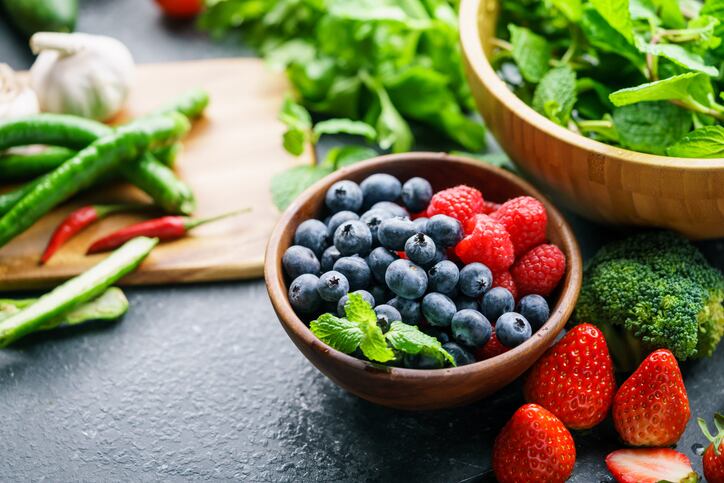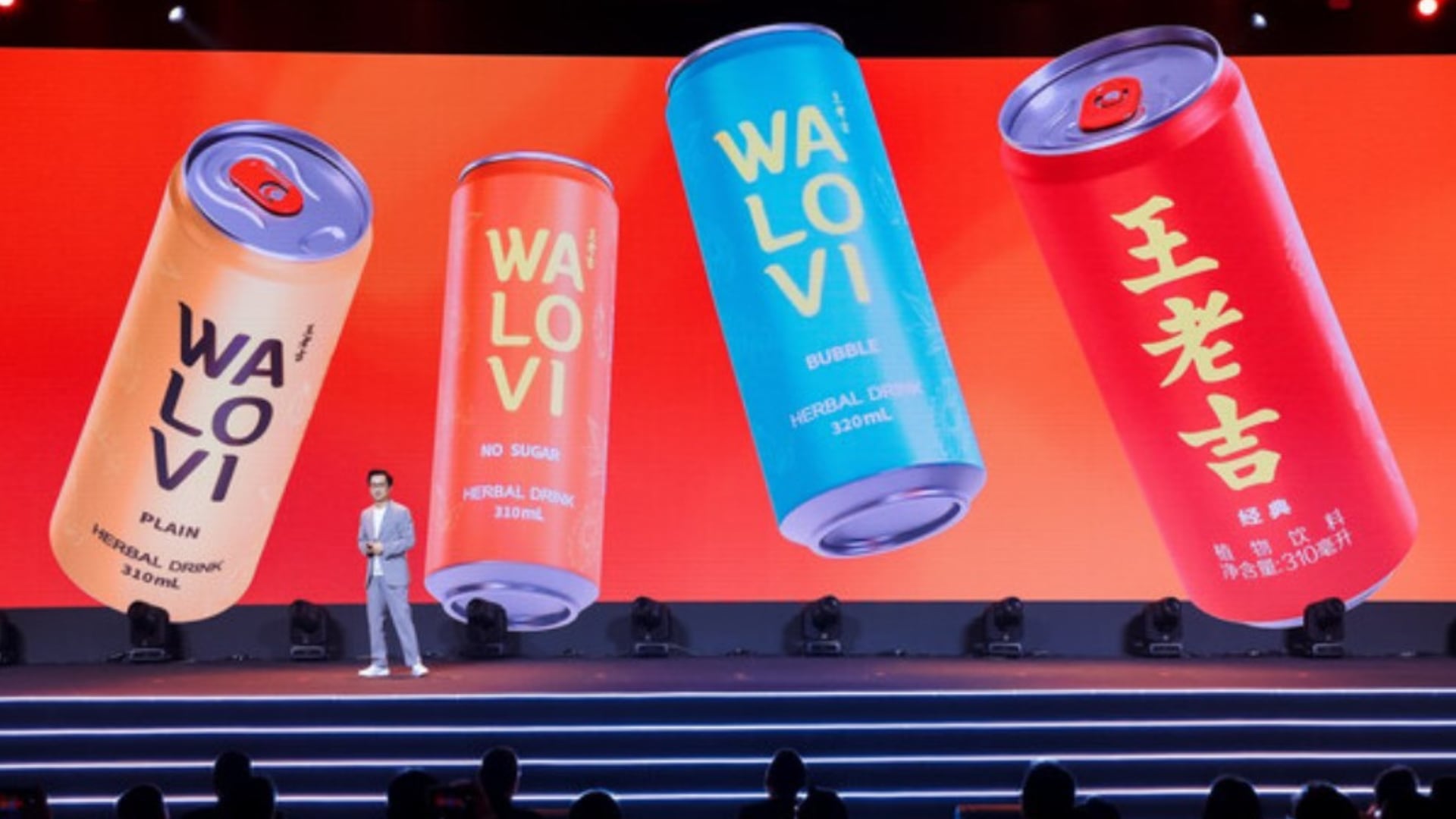As consumer demands and preferences continue to evolve in a myriad of ways throughout the diverse Asian region, food and beverage companies are placed under increasing pressure to adhere to these rapid changes in order to ensure products continue to sell.
The best way to do this is for companies to implement new product development and innovation strategies in accordance with current market trends – which of course regularly switch up and evolve as well.
This was prominently evidenced in this year’s Fi Asia 2025 event in Bangkok, Thailand, where several major industry trends such as reformulation and localisation have made a strong comeback showing, in addition to affordability which largely dominated last year’s show.
Here are five of the most significant trends that have made either a comeback or a brand new showing at this year’s event.

1) Sweeteners and reformulation
Reformulation, particularly for sugar-sweetened beverages, was a particularly hot topic in the years before the COVID-19 pandemic hit, driven by sugar taxes and similar policies all over Asia e.g. Singapore’s NutriGrade scheme.
This unfortunately took an understandable backseat to the pandemic at the time, not least because of cost concerns regarding the reformulation process as well as lower consumer interest due to taste and pricing differences.
This year has however seen a bit more of a comeback for the reformulation category with more products focused on this area entering the spotlight.
One of these is Thailand-based Dairy Asia which has developed a new-age form of hybrid sweetener derived using its proprietary technology to bond sucrose (table sugar) and sucralose (an artificial sweetener) into a new sugar alternative dubbed Sucrost.
“Sucrost differs significantly from other sweeteners in its flavour conduction, because our Core 6 technology enhances six core properties that make for an optimal sweetener,” Dairy Asia spokesman Arigo Siu told us at the show.
“These six properties are: sweetness intensity, temperature stability, pH stability, flavour carrier, taste profile and physical structure – more generic sweeteners focus solely on enhancing sweetness intensity but not the rest.”
Importantly, Dairy Asia’s technology has developed Sucrost to have minimal to non-existent aftertaste, eliminating the need for any additional sweetener combinations that would increase costs.
“We can confidently say that the profile of Sucrost runs closely to sugar in just about every way, and can be used in multiple types of products from citrus juices to baked goods,” he said.

2) Localised ingredients
Globalisation has led to western-style foods becoming a norm in Asia, with westernised diets becoming one of the biggest food trends of the past century – but this is now coming full circle with food innovators looking to close the loop by using localised ingredients to make equivalent, if not better, versions of these foods.
Case in point is Indonesia’s National Research and Innovation Agency (BRIN) which has developed a new ready-to-drink (RTD) functional canned drink using sappan wood, a commonly used ingredient in local traditional drink Wedang Uwuh.
BRIN’s research into sappan wood has validated its antibacterial benefits as well as antioxidant properties, while also suggesting other effects such as liver protection, anti-diabetic and cardiovascular support.
“Sappan wood is well-known to be very rich in flavonoids and is a very prominent local ingredient in Indonesia,” BRIN researcher Dr SriHandayani told the floor.
“With the market for functional drinks growing so rapidly today, we believe that there is no need to look all the way to the other side of the globe for a healthy beverage suitable for Asian consumers, as traditional drinks like Wedang Uwuh already have proven benefits after centuries of consumption.”
Similar to many traditional herbal beverages in Asia, Wedang Uwuh’s main challenge to breaking into the mass market is the traditional format of its consumption – in this case, it is commonly found in a powder form that needs to be brewed into a tea-like concoction.
“Most younger consumers today are not going to be willing to spend the extra time and effort to access a beverage, even in Indonesia where they are familiar with its benefits,” she said.
“This is why we are now moving to create RTD versions of Wedang Uwuh, available to drink directly from cans just like sodas, so as to increase convenience and accessibility – the next step will be to improve shelf life so we can reach other markets overseas too.”

3) Functional foods
Closely related to the above is the booming functional foods trend, where Asian companies are constantly innovating new ingredients with health or nutrition benefits.
This is also being strongly driven by consumer demand for healthier products that can give them the best possible value-for-money.
It has however also become increasingly clear that these benefits alone are no longer enough to attract consumer attention and food firms have to ensure that products both taste and look appealing enough to meet their high standards.
A ‘new’ functional ingredient to have come to the fore this year is wolffia, a duckweed that is gaining momentum as a sustainable superfood.
“Wolffia has actually been traditionally consumed in Thailand for years, but only in recent years seen increased interest by international firms like Ajinomoto’s Aj and UK’s Dry Gro,” Thai wolffia firm Flo’s chief technologist Dr Metha Meetam said.
“It has great potential as a superfood as it is rich in high quality protein, antioxidants, vitamins, minerals and more, all while containing minimum fat, starch and calories.”
Wolffia is also flexible enough in its utilisation that it can be used as an added ingredient to baked goods or beverages, ensuring that the end product can taste and look appealing while still containing its supercharged nutrition.

4) Spice and smoke
Moving on to trending flavours this year, it was fairly obvious that spice is dominating flavour innovation across many categories – especially mala which is essentially a combination of numbing and spicy flavours, usually made from Szechuan peppercorn and chili.
Even flavour powerhouse McCormick, which already specialises in flavours packing heat and spice on a day-to-day basis, has highlighted this as the current flavour in favour.
“McCormick conducts annual research on the major cuisines and flavours in this region to identify major current, emerging and up-and-coming flavours – and it is clear that at this point in time, the immediate, dominant flavour is mala,” McCormich VP for flavour solutions Betty Juliana Tan told us.
“Mala is doing well in many categories and especially in snacks because it is both numbing and spicy – and this numbing allows the consumer a ‘rest’ for their tastebuds so they can eat more of the snack, essentially increasing craveability.”
Another emerging flavour category in Asia is smokiness – not in savoury dishes, but instead in sweet products.
“Smoke all too often tends to be polarised to meat products, but this is simply not true,” Kerry Senior Technical Manager Smoke & Grill Marcus Verkerk told us.
“We are seeing smoke increasingly entering more food categories including sweet treats, where smoke variants like applewood smoke and cherrywood smoke are conveying a unique smoky sweetness to foods like ice creams and honeys.”
Smoke is also able to convey other flavours in addition to smokiness.
“For instance, we use smoke for coffee and this increases the roasted notes of the coffee, and using smoke in chocolate increases a toasted almondy flavour,” he said.”

5) Affordability
Cost effectiveness has been a major concern for the food industry over the past few years due to economic instability and geopolitical conflicts causing ingredient costs to fluctuate, and this has continued into 2025.
Nowhere is this more apparent than in the cocoa sector where prices soared in the past year due to supply issues, and continues to remain unstable.
“We do not expect cocoa prices to stabilise for at least another three to four years, and fluctuations are very much to be expected throughout this time,” Kerry Senior Strategic Marketing Manager Taste Jie Ying Lee told us.
“This means that all food manufacturers that use and depend on cocoa as a major ingredient are facing big risks and instability with every batch of product they contract for.”
The combined demands for risk reduction and lower product costs has led to the development of technologies that replace and reduce the amount of cocoa needed in a product while maintaining the same taste.
The latter requirement is the most important to consumers, who are not going to be willing to compromise on their chocolate, yet are also going to be unwilling to pay more for the same bar.
“Basically, it is going to be important for products in this day and age to be not only high in quality, but also consistent in taste and quality as well as reasonably priced,” she said.





